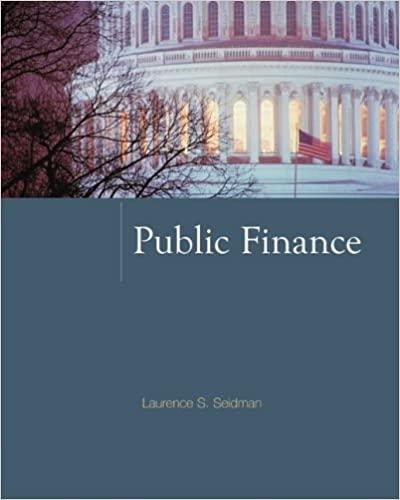Question
11 . Which of the following statements is CORRECT? a. The time to maturity does not affect the change in the value of a bond
| 11. Which of the following statements is CORRECT?
| |||||||||||||||
| 12. Which of the following events would make it more likely that a company would choose to call its outstanding callable bonds?
| |||||||||||||||
| 13. Assume that all interest rates in the economy decline from 10% to 9%. Which of the following bonds would have the largest percentage increase in price?
| |||||||||||||||
| 14. Which of the following bonds has the greatest interest rate price risk?
| |||||||||||||||
| 15. If its yield to maturity declined by 1%, which of the following bonds would have the largest percentage increase in value?
| |||||||||||||||
| 16. Which of the following statements is NOT CORRECT?
| |||||||||||||||
| 17. Which of the following statements is CORRECT?
|
18. Suppose International Digital Technologies decides to raise a total of $200 million, with $100 million as long-term debt and $100 million as common equity. The debt can be mortgage bonds or debentures, but by an iron-clad provision in its charter, the company can never raise any additional debt beyond the original $100 million. Given these conditions, which of the following statements is CORRECT?
|
| a. | If the debt were raised by issuing $50 million of debentures and $50 million of first mortgage bonds, we could be certain that the firm's total interest expense would be lower than if the debt were raised by issuing $100 million of debentures. |
|
| b. | In this situation, we cannot tell for sure how, or whether, the firm's total interest expense on the $100 million of debt would be affected by the mix of debentures versus first mortgage bonds. The interest rate on each of the two types of bonds would increase as the percentage of mortgage bonds used was increased, but the result might well be such that the firm's total interest charges would not be affected materially by the mix between the two. |
|
| c. | The higher the percentage of debentures, the greater the risk borne by each debenture, and thus the higher the required rate of return on the debentures. |
|
| d. | If the debt were raised by issuing $50 million of debentures and $50 million of first mortgage bonds, we could be certain that the firm's total interest expense would be lower than if the debt were raised by issuing $100 million of first mortgage bonds. |
|
| e. | The higher the percentage of debt represented by mortgage bonds, the riskier both types of bonds will be and, consequently, the higher the firm's total dollar interest charges will be. |
19. Rogoff Co.'s 15-year bonds have an annual coupon rate of 9.5%. Each bond has face value of $1,000 and makes semiannual interest payments. If you require an 11.0% nominal yield to maturity on this investment, what is the maximum price you should be willing to pay for the bond?
|
| a. | $891.00 |
|
| b. | $913.27 |
|
| c. | $936.10 |
|
| d. | $959.51 |
|
| e. | $983.49 |
20. Haswell Enterprises' bonds have a 10-year maturity, a 6.25% semiannual coupon, and a par value of $1,000. The going interest rate (rd) is 4.75%, based on semiannual compounding. What is the bond's price?
|
| a. | 1,063.09 |
|
| b. | 1,090.35 |
|
| c. | 1,118.31 |
|
| d. | 1,146.27 |
|
| e. | 1,174.93 |
Step by Step Solution
There are 3 Steps involved in it
Step: 1

Get Instant Access to Expert-Tailored Solutions
See step-by-step solutions with expert insights and AI powered tools for academic success
Step: 2

Step: 3

Ace Your Homework with AI
Get the answers you need in no time with our AI-driven, step-by-step assistance
Get Started


